Tea Blog
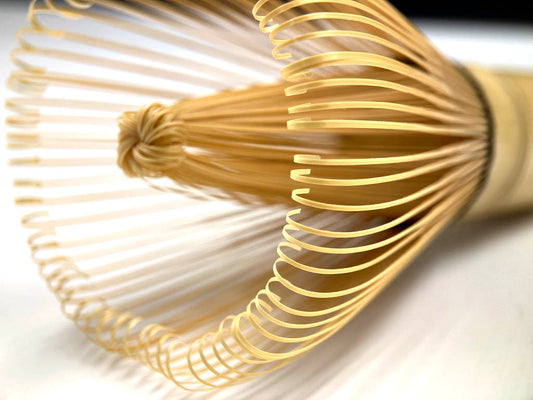
Matcha Whisk Use and Care: Keep Your Chasen Happy
If you’ve picked up a bamboo matcha whisk (茶筅 chasen), congrats — you now own the single most important tool for making matcha taste like matcha, instead of pond water....
Matcha Whisk Use and Care: Keep Your Chasen Happy
If you’ve picked up a bamboo matcha whisk (茶筅 chasen), congrats — you now own the single most important tool for making matcha taste like matcha, instead of pond water....
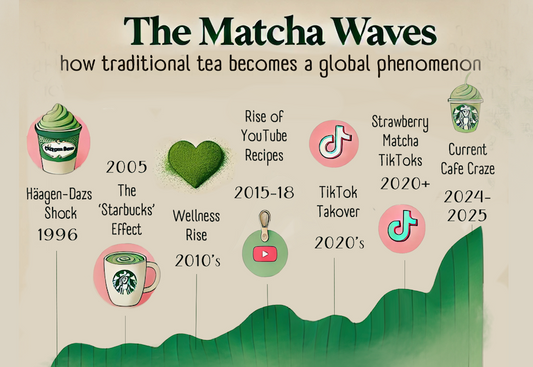
Why is Your Matcha Getting Harder to Find? The ...
If you’ve noticed your favorite matcha latte getting more expensive or even disappearing from the menu, you’re not imagining it. Matcha is everywhere, from trendy TikTok lattes to Starbucks cold...
Why is Your Matcha Getting Harder to Find? The ...
If you’ve noticed your favorite matcha latte getting more expensive or even disappearing from the menu, you’re not imagining it. Matcha is everywhere, from trendy TikTok lattes to Starbucks cold...
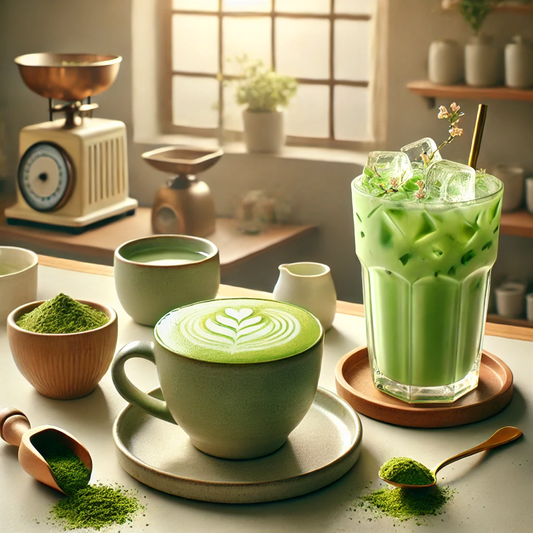
How to Make a Perfect Matcha Latte at Home
Matcha has become one of the most requested drinks in cafés across Canada—here's how to make a café-style matcha latte at home with ease.
How to Make a Perfect Matcha Latte at Home
Matcha has become one of the most requested drinks in cafés across Canada—here's how to make a café-style matcha latte at home with ease.
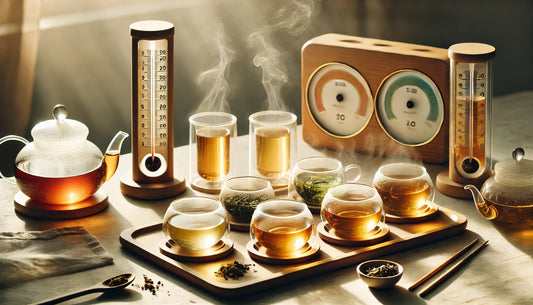
Water Temperature - Is hot always best?
Steeping tea may seem like a simple process, but it’s one of those subtle arts that can transform your cup from ordinary to extraordinary. The beauty of tea is that...
Water Temperature - Is hot always best?
Steeping tea may seem like a simple process, but it’s one of those subtle arts that can transform your cup from ordinary to extraordinary. The beauty of tea is that...
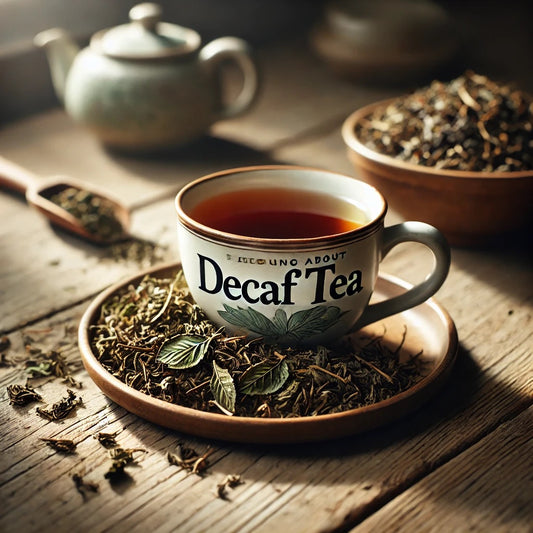
Caffeinated Tea vs Decaf Tea
Ever shifted to a decaf tea from a caffeinated tea and felt like there was something missing? Maybe it doesn't tickle your tastbuds like its original counterpart? Read on and...
Caffeinated Tea vs Decaf Tea
Ever shifted to a decaf tea from a caffeinated tea and felt like there was something missing? Maybe it doesn't tickle your tastbuds like its original counterpart? Read on and...
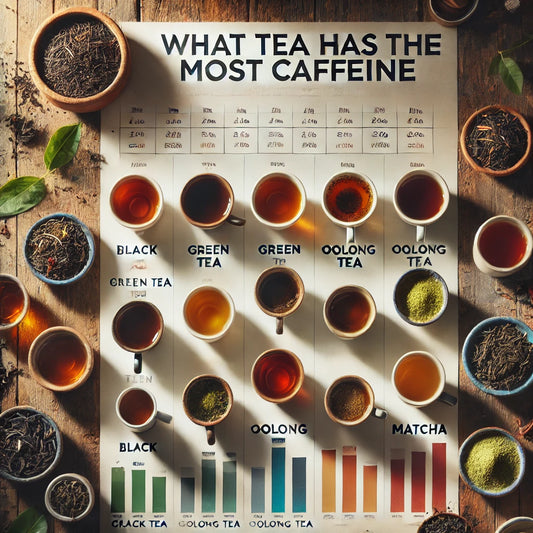
What tea has the most caffeine?
One of the biggest myths still persisting in the tea industry is that we can tell how much caffeine each type of tea contains. Over generalizations such as "black tea...
What tea has the most caffeine?
One of the biggest myths still persisting in the tea industry is that we can tell how much caffeine each type of tea contains. Over generalizations such as "black tea...
